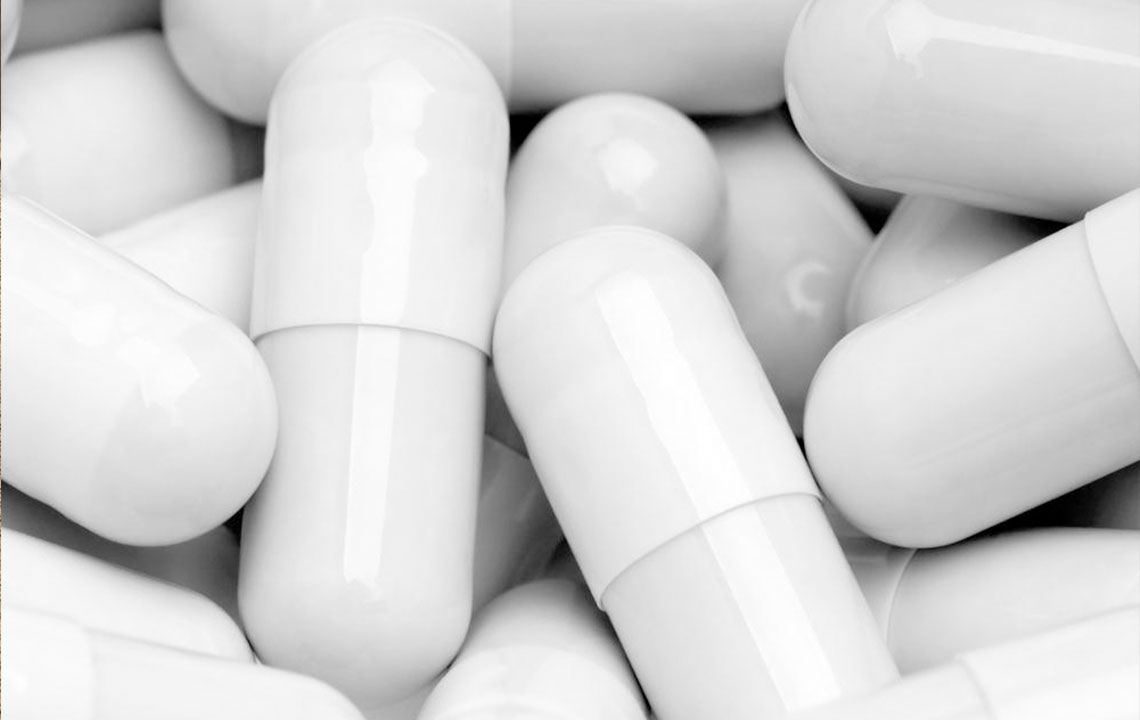Evaluating Probiotic Supplements

Probiotic supplements are evaluated on the basis of certain criteria that can help a person decide the best possible option for them in terms of using probiotics. These criteria include packaging and delivery system of the probiotics and probiotic strains included in the probiotic supplements.
Packaging and delivery system
One of the most important factors in choosing a probiotic supplement is understanding the different ways in which manufacturers package and deliver probiotic supplements. No matter what product is chosen, the packaging and delivery system is of key importance since probiotics need to be maintained under specific conditions. Also, the system of delivery is important as it refers to the form in which the product is created and how it enables the bacteria to remain alive and healthy as it sits on store shelves, or when it is in transit to reach the part of the gut in the human body where it is supposed to get activated. A waste of money would be a probiotic supplement that is full of dead bacteria or unstable bacteria that die in the stomach acid.
Caplet, which is a controlled release tablet, is one delivery system that has worked particularly well in the recent years. The new Beadlet technology is another viable option while the capsule formulation has come a long way since the days when the capsules were instantly destroyed by the stomach acid.
Good delivery systems for probiotic supplements are created in a way wherein they ensure that a right amount of bacteria will reach the intestines alive and work properly, making it an important selling point. The details on the packaging or marketing materials of a product are a good indication of this since any company that is willing to explain the manner in which its product works is most likely to be selling a product that works.
Another thing to pay attention to is the packaging of the product. The environment in which they are placed can directly affect the health of the bacteria. For example, some probiotic supplements need to be kept refrigerated, but a lot of the new variety does not need that anymore. However, most of them still need to be protected from overexposure to moisture, heat, and light. Packaging that is thick and takes into account these factors ensures that environmental impact is minimized. Opaque, thick bottles that come with desiccant pouches are preferred, and there are some new styles of blister packs in the market that also work very well.
Specific probiotic strains included
Bacteria are typically measured in colony forming units known as CFUs, and many retailers sell their probiotic products on the basis of the bacteria in a given supplement. However, there is no way yet to know if a greater number of bacteria are good for health. For all we know, the type alone, and not the quantity matters. There is not even enough account or research that can help measure the number of different bacteria present in the gut in the first place. So any sales pitch that boasts of the number of bacteria is simply a selling method with very little credence. It can be safely implied that it is not the total number of bacteria in a product that matters, but the number of different strains of bacteria that it includes.
Different strains of probiotic bacteria have different functions. These are mostly concentrated in various places along the digestive tract, and probiotic supplements that contain multiple strains happen to be more effective than products that contain an extremely high concentration of only one or two strains of bacteria since different strains of these bacteria interact closely to influence the health of the digestive tract synergistically.
Some of the most common and important strains of bacteria include:
- B. bifidum
The B. bifidum strain is found in both the small and large intestine and is critical for the healthy digestion of dairy products like milk, cheese, etc. As a person grows old, this becomes even more important since the natural ability of the human body to digest dairy products declines. Another important factor that makes B. bifidum crucial is its ability to break down complex carbohydrates, protein and fat into small components that the body can use more effectively. - L. acidophilus
The most important strain of the Lactobacillus species is L. acidophilus. It colonizes readily on the walls of the small intestine and also supports nutrient absorption, apart from helping with the digestion of dairy foods. - B. longum
Similar to L. acidophilus, B. Longum is one of the most common bacteria that is readily found in the digestive tracts of adults. It helps maintain the integrity of the gut wall and also works as an active scavenger of toxins in the gut. - L. rhamnosus
The L. rhamnosus is known as the premier travel probiotic as this strain helps prevent the occasional traveler’s diarrhea that occurs during travel.


